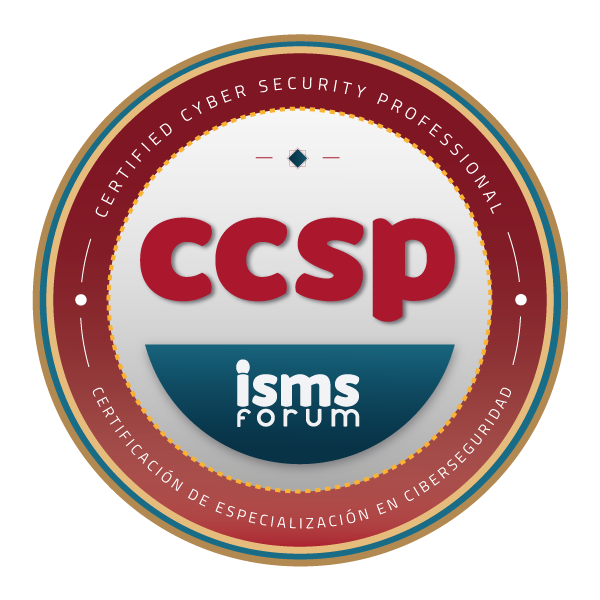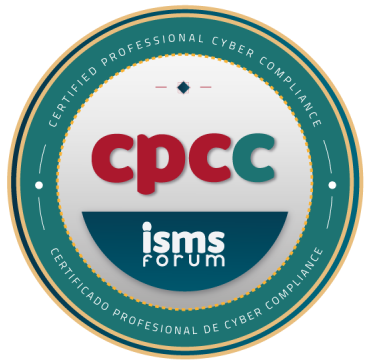Introduction
The ever-expanding digital footprint of organizations and the imperative need for a robust and resilient technological infrastructure has positioned information security as a strategic priority for organizations across all sectors. In this context, the European Union has adopted the NIS2 Directive, which updates and expands the regulatory framework established by the 2016 NIS Directive. One of the most significant changes introduced by NIS2 is the increased involvement of management bodies in cybersecurity strategies. This article analyzes how NIS2 raises the bar for corporate leaders and the practical implications for affected organizations.
The NIS2 Directive: Context and Objectives
This type of directive arises in response to emerging and increasingly sophisticated challenges in the field of cybersecurity. Its objective is to strengthen the EU's resilience and response capacity to cybersecurity incidents that may affect critical infrastructure, essential operators, and society in general. To achieve this, the Directive expands its scope to more sectors and strengthens obligations regarding risk management and incident reporting.

Greater Involvement of the Governing Bodies
NIS2 introduces explicit requirements for organizations' governing bodies to assume greater responsibility for managing cybersecurity in their environments. This managerial responsibility entails:
- Risk Assessment and Management: Managers must ensure that cybersecurity risks are adequately identified and effective mitigation measures are implemented. This includes allocating sufficient resources to protect systems and data.
- Cybersecurity Policies: Senior management should establish clear cybersecurity policies that are aligned with the organization's overall objectives and strategy. These policies should be reviewed and updated regularly to adapt to the changing threat landscape.
- Cybersecurity Training and Awareness: It is essential for managers to promote a cybersecurity culture throughout the organization. This includes ongoing employee training in cybersecurity best practices and raising awareness about potential risks.
- Reporting and Communication: Leaders must ensure that effective processes are in place for the rapid detection of security incidents and appropriate communication both within the organization and to the appropriate authorities.

Implications for Organizations
Implementing the NIS2 Directive poses several challenges for organizations. First, it will require a comprehensive review of existing cybersecurity policies and procedures. Furthermore, senior management will need to be more involved in cybersecurity operations, which may require updating their training and understanding of this topic.
In turn, this increased involvement can be seen as an opportunity to strengthen corporate governance and improve organizational resilience to cyberattacks. Furthermore, NIS2 compliance can enhance an organization's reputation, offering a competitive advantage in a market increasingly aware of the importance of information security.

Conclusion
The NIS2 Directive represents a fundamental shift in how organizations approach cybersecurity, particularly highlighting the responsibility of senior management. This adjustment not only strengthens the protection of critical infrastructure and essential services but also fosters a stronger corporate culture around cybersecurity. Adapting to this new legislative framework will require considerable effort, but it is a fundamental step in securing organizations' assets and reputation in the face of the ever-increasing cyberthreat landscape.
Learn much more in our Professional Master in Cybersecurity, Ethical Hacking and Offensive Security.



































